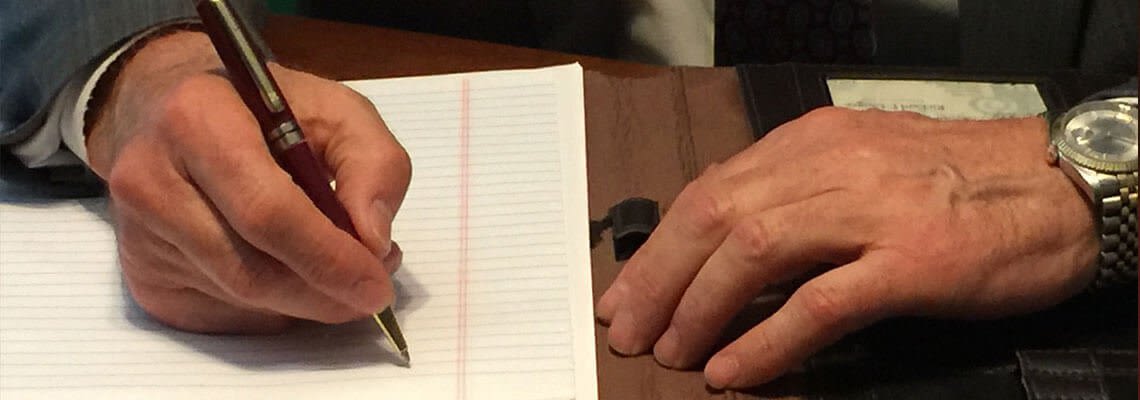
ANATOMY OF A CRIMINAL CASE
A “crime” is an offense against the state—a violation of a written statute where there is a penalty attached. If the maximum penalty is imprisonment for less than a year, the crime is a “misdemeanor”. If the possible penalty is imprisonment for a year or longer, the crime is a “felony”.
In Arizona, Justice Courts and the city courts handle only misdemeanors. The Superior Courts handle felonies (although they can deal with misdemeanors). Each county has its own Superior Court.
A criminal case usually begins when someone calls the police via 911. The 911 dispatcher will then call a uniformed officer to respond to the complainant's location to take an initial report. If the complaint involves something serious (robbery, burglary, rape, child molestation, etc.) the officer will then contact a detective. The detective will then take over the investigation, conduct witness interviews (usually tape recorded), direct the handling and processing of physical evidence, and present the case to the prosecutor. The prosecutor (County Attorney in Arizona, district attorney in other states) then decides if there is enough credible evidence to prosecute the case.
If the prosecutor decides to proceed (she doesn't have to—she can simply dump the case if she doesn't believe the victim or feels there is insufficient evidence), she will present the case to a grand jury. This is usually done by having the lead detective testify before the grand jury—a closed, secret proceeding with just the prosecutor asking the detective what evidence he found. No one else but the prosecutor, the witness, and the grand jurors are present. The target of the investigation and his lawyer are not there. While the testimony is under oath, hearsay is admissible in the grand jury proceeding. (Hearsay is defined as something said by someone who is not the person testifying. At trial it is inadmissible.)
The function of the grand jury is to determine if there is probable cause for the case to proceed, i.e., Is there some evidence a crime was committed and, if so, is there some evidence the defendant committed it? This is not a trial, only a probable cause determination.
If the grand jury finds probable cause, an indictment issues stating the specific charge against the defendant. Within 10 days the defendant goes before a judge and enters a plea (almost always a plea of not guilty at this early stage.) This is called the arraignment.
Approximately 40-60 days later, the defendant appears in court for A Case Management Conference. This is the time he will enter a plea if one has been offered to him by the state. If not, the case is set for a Pre-trial Conference. At the Pre-trial Conference a trial date is set—usually within 180 days of the date of the arraignment, but later if a murder case or complex case.
At this point, the defense attorney starts interviewing the state's witnesses and demanding documents, what is called discovery. If the defense attorney, after reviewing documents and interviewing witnesses, believes his client will be convicted at trial, he can ask the state to consider making a plea offer. If this happens, there is no trial and the defendant goes to court to enter a plea. 30-60 days later the defendant is sentenced.
If there is no plea, the case goes to trial. If the defendant is acquitted, he goes home. If he is convicted, he is sentenced 30-60 days later.
